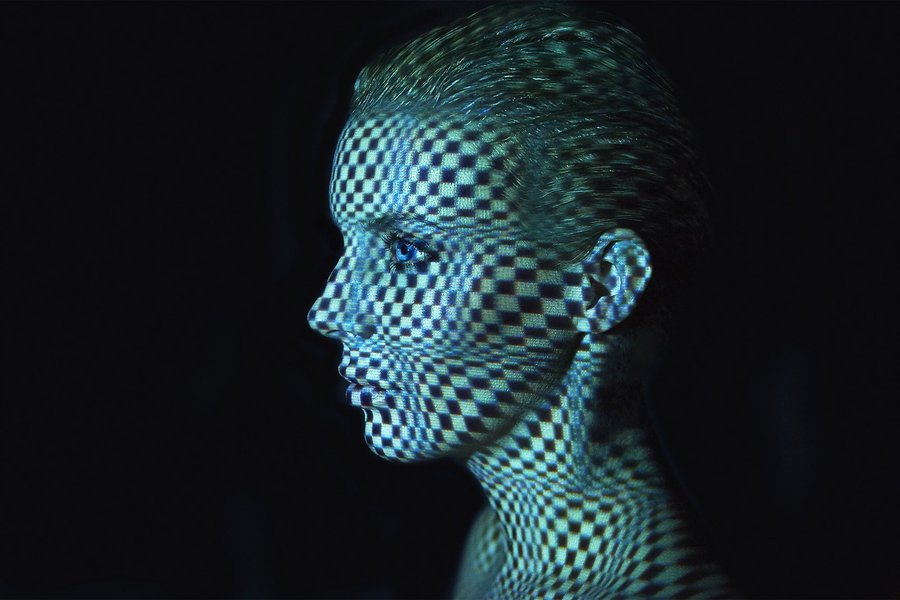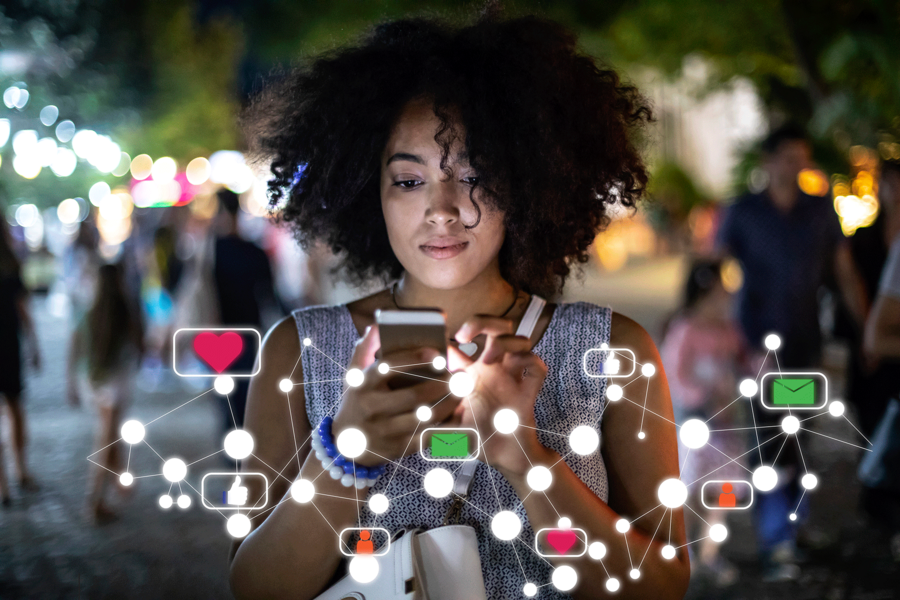Biometric data and the EU
In 2019, the EU-funded the D4FLY project started to “identify, reduce, and avoid vulnerabilities in the identity life cycle of modern border management.”4 To meet its goal of developing real-time identity verification, the ongoing project has been evaluating new technologies to help counter some specific problems: forged documents; impostor fraud – when someone pretends to be someone else; and morphed faces, in which criminals create digitally altered photos to obtain a passport or visa.
Veridos, a world-leading provider of integrated identity solutions, is coordinating the project, which involves 18 other partners. One of the experimental prototypes, which is fully compliant with EU data protection and privacy regulations, involves the creation of a biometric corridor. This has been designed to replace the need to stop at a booth to have a person’s identity and documentation verified by an official or devices such as eGates.
Having voluntarily registered a passport and biometric characteristics at an enrollment kiosk before departure, a passenger simply walks through the biometric corridor – where multiple cameras and sensors verify the previously captured data – at their destination. Iris-on-the-go verification is one of the technologies that has been tested within the corridor.
“The iris has proven to be a great biometric feature because it does not change throughout a person’s lifetime, it is unique, and it allows touchless verification even while the person is moving,” said Andreas Räschmeier, CEO of Veridos.
Other technologies that the D4FLY project is trialing include thermal and multispectral imaging to counter spoofing, deep neural networks to detect impostor and document fraud, convolutional neural networks to detect morphed faces, and computer vision algorithms to detect passport forgery.
At the halfway point of the D4FLY project – it is scheduled to finish in August 2022 – all the technologies continue to be developed to prevent misuse and manipulation. New techniques, such as tools to prevent face masks being used to circumvent biometric verification technology, are also being investigated.
The future will continue to throw up new challenges to border control, but biometric technology provides governments and law enforcement with some of the tools they require to overcome them.




